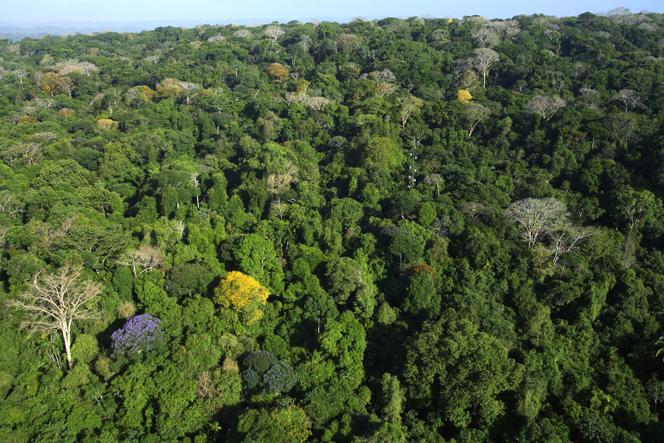


Scientific research is particularly fascinating when it produces results that contradict our intuitions. Such is the case with this work by an American multidisciplinary team, recently published in New Phytologist, concerning lightning. Its destructive power, which can kill living beings or ignite objects or buildings, appears to benefit some trees.
According to this study, certain large specimens of tropical forests benefit from being struck by lightning to such an extent that they develop a strategy, through their height and the expanse of their canopy overshadowing their competitors, to attract lightning. Evan Gora, the lead author of the article and a researcher at the Cary Institute in Millbrook, New York, has made a name for himself among forest ecosystem specialists with his publications on lighting. While on an expedition in the tropical forest of Barro Colorado, Panama, he answered our questions via email, acknowledging his passion for this phenomenon for 11 years.
This study was conducted based on data collected in this forest, managed by the Smithsonian Tropical Research Institute, arguably the most thoroughly documented in the world since the late 20th century. The lightning tracking system pinpointed 94 strikes on 93 different trees. Using field observations and drones, the researchers monitored each of these trees for two to six years to quantify survival, crown and trunk condition, vine colonization and the mortality of neighboring trees.
You have 69.01% of this article left to read. The rest is for subscribers only.
